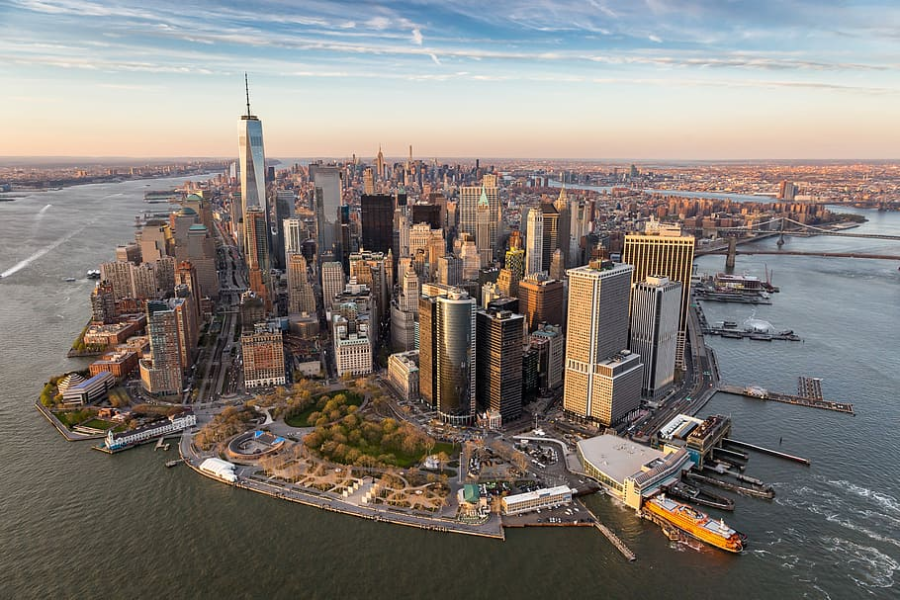Is New York City Sinking?
June 9, 2023
A study from September 2022 found that 44 of the 48 most populated coastal cities in the world are sinking faster than sea levels are rising. New York City is one of them. A study from May of this year published in Earth’s Future found that NYC is sinking at a rate of approximately 1-2 millimeters per year. While this may not sound like a lot, it is certainly significant, especially since the water surrounding the city has risen by about 9 inches (22 centimeters) since 1950. Additionally, some areas of NYC are sinking at even double this rate, by about 4.5 mm per year. The sinking exacerbates the effects of sea level rise, which is occurring at double the global average rate around NYC. Rising sea levels are due to the melting of glaciers along with seawater expanding as a result of higher global temperatures.
The reason for the city’s sinking lies primarily in the weight of the many massive buildings. The city’s 1,084,954 buildings weigh a whopping 1.68 trillion pounds, the equivalent of 140 million elephants or more than double the weight of all of humanity combined. While many of the largest buildings have been built on solid bedrock, others stand on mixtures of sand and clay, which are more susceptible to being weighed down. It is important to note that there is a natural sinking effect in NYC, due to the retreating of glaciers following the last Ice Age. However, the massive weight of the buildings is intensifying this process.
Experts say that there is no need to panic right now as NYC is not on the brink of going completely under anytime soon. The main immediate risk the sinking poses is increased flooding and damage from natural disasters. Flooding from storms could be up to 4 times more frequent by the end of the century and NYC ranks third in the world for the most assets likely to be exposed to coastal flooding in the future. Not only can seawater corrode steel and destabilize buildings, but flooding also poses a risk to human lives. Several people died because of the flooding that occurred in NYC during Hurricane Ida in 2021. The effects of both Ida and Sandy in 2012 were worsened due to climate change, and both storms caused significant damage in NYC. NYC is also particularly vulnerable to the effects of climate change because of its close proximity to the ocean and the effect of rising temperatures on human health. In fact, 350 deaths due to heat-related causes occur per year in the city.
Unfortunately, NYC is not the only coastal city at risk of being affected by intensified flooding due to both rising sea levels and subsidence (the sinking/settling of Earth’s surface as a result of natural or artificial causes). Jakarta, Indonesia is experiencing a similar phenomenon, to such an extent that the Indonesian government is planning to build a new capital city elsewhere. Another example is Venice, Italy, which has sunk approximately 15 centimeters in the last century and is at risk of going completely under as early as 2100. Some cities are working to protect themselves against rising sea levels by building sea walls and raising infrastructure.
Granted, some sea level rise is both inevitable and natural. However, it is exacerbated by human activity in many places, such as NYC, which will likely continue to sink as the tremendous weight of its buildings push down Earth’s surface, a weight that continues to increase all the time with new construction.












